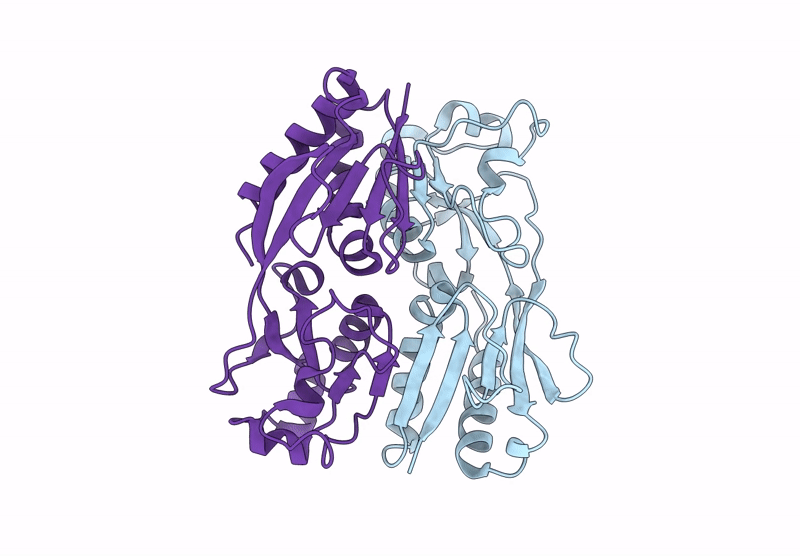
Deposition Date
2024-11-20
Release Date
2025-04-16
Last Version Date
2025-04-16
Entry Detail
PDB ID:
9HH1
Keywords:
Title:
LysR Type Transcriptional Regulator LsrB from Agrobacterium tumefaciens
Biological Source:
Source Organism:
Agrobacterium fabrum str. C58 (Taxon ID: 176299)
Host Organism:
Method Details:
Experimental Method:
Resolution:
3.90 Å
Aggregation State:
PARTICLE
Reconstruction Method:
SINGLE PARTICLE


